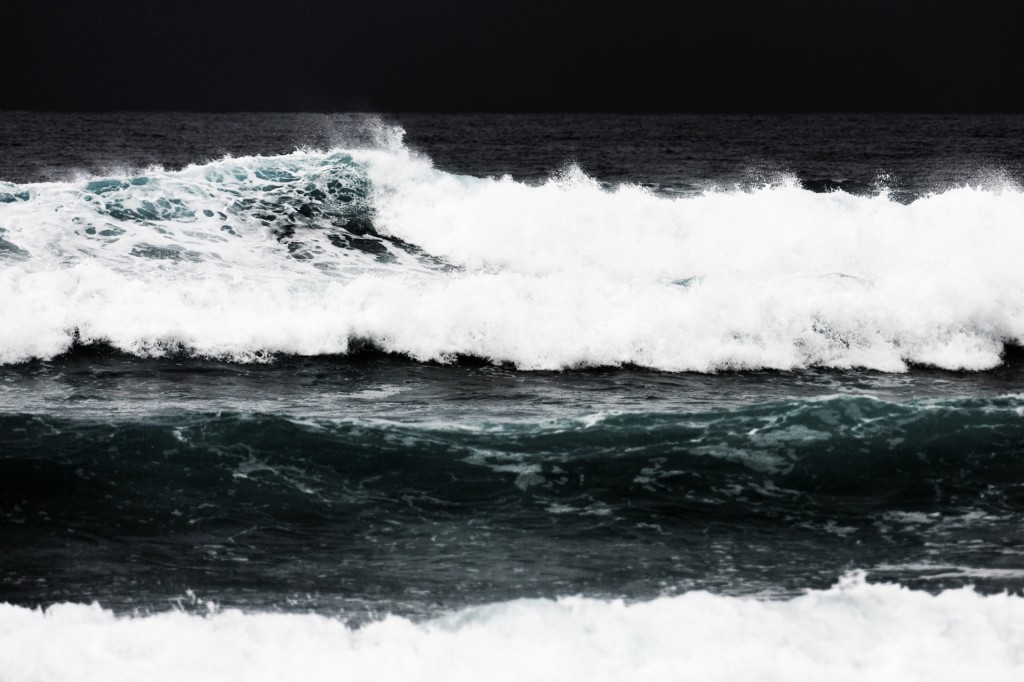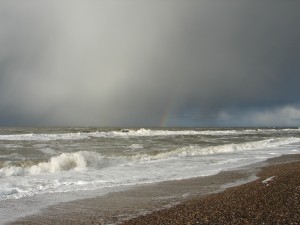 After the recent period of EU-China trade friction, trade relations between the two regions are now on a more even keel. Eric Emerson and Henry Cao of Steptoe and Johnson LLP look back over a turbulent couple of years and explain how these disputes arose, and how they were eventually resolved through dialogue.
After the recent period of EU-China trade friction, trade relations between the two regions are now on a more even keel. Eric Emerson and Henry Cao of Steptoe and Johnson LLP look back over a turbulent couple of years and explain how these disputes arose, and how they were eventually resolved through dialogue.
The last two years were some of the most contentious in recent memory in EU-China trade relations and were marked by a series of high-profile, interwoven disputes over a range of sensitive items. The volume of potentially-affected trade was enormous, and at several points it appeared that EU-China trade relations could be seriously derailed. However, like the sea after a storm, EU-China trade relations are now remarkably calm—in stark contrast to US-China trade relations, which remain choppy. Now that this storm has passed, we can look back more closely at how the EU successfully managed to resolve its most recent series of trade disputes.
The dispute begins (on US soil)
The start of the recent spate of EU-China disputes dates back October 2011 in the United States (US), with the filing of antidumping (AD) and countervailing duty (CVD) petitions by the US subsidiary of SolarWorld AG against imports of crystalline silicon photovoltaic (PV) cells and modules—solar cells and panels—from China. This was one of the largest trade cases filed against China in recent years, covering nearly USD 2 billion in imports annually.
Shortly after the US issued its provisional AD/CVD duties in March and May 2012, an ad hoc group of EU solar panel producers responded by filing its own AD/CVD petition in July 2012. This type of follow-on trade proceeding is common, as producers often become concerned that exports subject to a trade dispute in a third country will be diverted to their own. But the potential impact of this case was much larger as annual exports of Chinese solar products to Europe topped EUR 20 billion. In response to the industry’s petition, the European Commission initiated its investigation in September 2012.
China responded to these solar petitions by initiating AD/CVD investigations against the principal input into the production of solar panels—polysilicon. In July 2012, two months after the US issued its preliminary AD margin in its solar panels case, China retaliated by initiating an AD/CVD investigation against imports of polysilicon from the US, accompanied by an AD-only investigation of polysilicon from Korea. Then, in November 2012—two months after the EU’s initiation of the case against China’s PV imports—the Ministry of Commerce (MOFCOM) added the EU to the polysilicon investigation. While the volume of trade covered by these polysilicon petitions was not nearly as large as the solar trade actions, China made clear that it intended to fight back.
The EU ups the ante
Separate from the solar panel dispute, in May 2013, the EU announced that it would take the unusual step of self-initiating AD/CVD investigations of telecoms equipment imported from China—that is to say, it initiated the investigation without receiving a formal petition from the industry. Because the investigation was self-initiated, and because the targets of this case were two of the most prominent Chinese producers, Huawei and ZTE, China viewed this investigation as a particularly antagonistic move.
Another counterpunch from China
In the wake of the telecoms case, and in further response to the PV dispute, China responded by initiating yet another AD/CVD proceeding, this time against exports of wine from the EU. The wine case, rumoured for several months, was launched on 1st July, 2013, and covered approximately EUR 1 billion of exports to China.
While the amount of trade covered by this case was substantially lower than the amount of PV products exported to Europe, the Chinese press hinted that an even larger case was being contemplated: exports of saloon cars from the EU, with an annual import value in excess of EUR 21 billion—almost exactly the value of Chinese PV exports to Europe. While the idea of such a large case against automobiles might seem like a stretch, recall that in 2009, China initiated an AD/CVD investigation of saloon cars from the US in response to President Obama’s decision to impose tariffs on Chinese tyre imports. That investigation against US automobiles resulted in the imposition of an AD/CVD duty as high as 34.4 per cent on US automobiles imported into China. In other words, this was no idle threat.
At this point, the EU and China began a period of intense negotiations to resolve the solar dispute and the related polysilicon investigation. In parallel with the final determination in its AD investigation, issued in August 2013, the EU confirmed a price undertaking with Chinese solar panel exporters, which was later extended to cover the CVD case as well. Chinese solar producers/exporters who agree to this undertaking will be exempted from paying any AD or CVD duties, as long as certain minimum price and maximum quota terms are met. Chinese companies representing roughly 80 per cent of Chinese exports to the EU have signed up to this agreement.
For its part, China eased off in the polysilicon case against the EU. China signalled in its January 2014 preliminary AD/CVD determinations some intention to compromise, in that it elected not to collect provisional duties in spite of its affirmative findings of dumping and subsidisation. A final decision terminating this investigation came into effect on 1st May, 2014.
The second part of this settlement process was to resolve the telecoms and wine disputes. On 27th March, 2014, the EU announced its decision to drop the AD case on telecoms equipment, an announcement made three days after China announced its decision to terminate the wine case. The European Trade Commissioner, Karel De Gucht, announced that the EU would still continue to examine the issue of illegal subsidies in the telecoms sector, although it would not formally launch a CVD investigation while talks with Beijing continued.
But US disputes continue…and grow
By contrast, the US disputes have continued and, in some respects, grown. The US imposed final AD/CVD orders on PV products in November 2012, with combined AD/CVD margins for most exporters of 41.2 per cent. Almost immediately enforcement problems began, as the US AD/CVD orders only covered PV cells produced in China and PV panels—that is, the larger arrays into which individual cells are put—made with Chinese origin cells. Panels made with cells from other countries were not covered by these duties, which meant that with the imposition of the orders, PV cell production shifted from China to countries throughout Southeast Asia.
Concerned about foreign producers’ ability to undercut the effectiveness of the orders, the US solar industry filed a follow-on petition in December 2013 to try to close this apparent loophole. This second petition targets China and Taiwan, and seeks to include all PV panels produced in China and Taiwan regardless of the location of cell production. This case is now underway.
The EU’s recent trade disputes demonstrate that China is still willing to retaliate, often forcefully, to large-scale trade disputes affecting its key exports. Antidumping/countervailing duty measures are one of the few WTO-permissible tools parties have to increase duty rates, and China’s tit-for-tat initiation of the polysilicon and wine cases—ostensibly in response to industry petitions—demonstrates a willingness to take strong action when its export interests are threatened by foreign AD/CVD proceedings.
These recent disputes also suggest that the EU is somewhat better equipped to achieve a negotiated solution than the US. In some respects this comparison may be unfair, as the volume of bilateral trade threatened in the EU-China context was so large that it demanded top-level attention from both governments. But not only does the EU legal regime provide greater flexibility than the US system to resolve disputes through negotiation, recent history suggests that the European leadership is also more willing to engage in this type of bilateral discussion. In the US context, while the leading US solar trade association has been advocating a commercial settlement of this dispute, the US government does not appear to be as engaged in negotiations—perhaps because these trade disputes, while large, are less pressing than many of the other issues crowding the recent US-China bilateral agenda, such as cyber security. Whatever the reason, the EU has proven itself to be more able to resolve its disputes with China through negotiation than the US.
For now, the sky is clear, but clouds can form at a moment’s notice. If another storm does arise, European exporters must hope that the EU can again successfully negotiate its way to a satisfactory outcome.
Attorneys in Steptoe and Johnson’s China practice help clients invest and conduct business in China. We help clients structure commercial agreements, overcome regulatory barriers to market entry, and comply with relevant Chinese regulations. Steptoe has a particular expertise in the area of international trade, and we are consistently ranked by independent evaluators as having one of the leading international trade practices among law firms operating in China.
*Please note: the views expressed in this article are not necessarily those of the European Union Chamber of Commerce in China.





Recent Comments